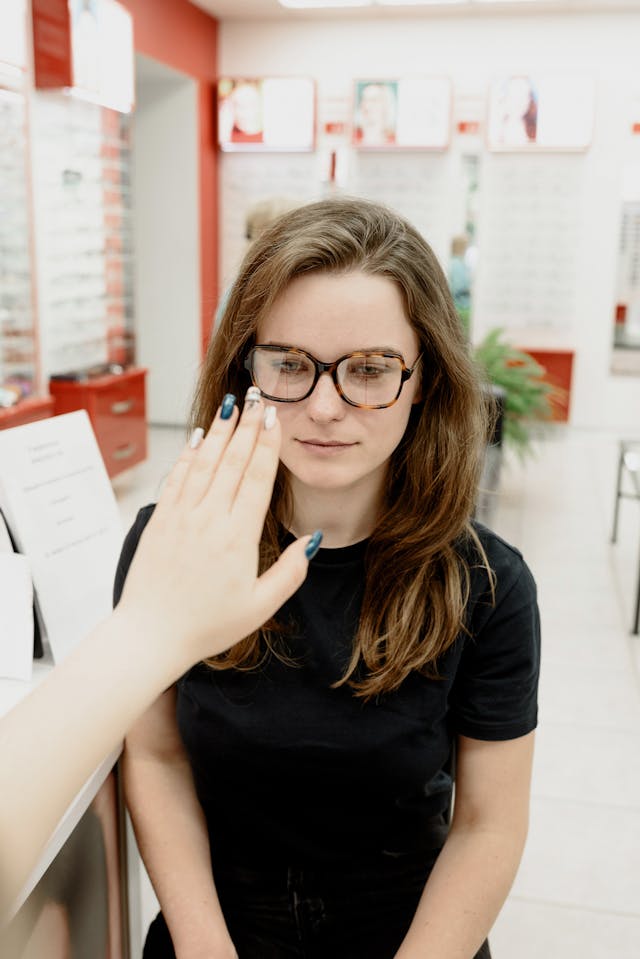High blood pressure
When the force of blood pushing against the blood vessel walls is too great, it is known as high blood pressure or hypertension. When a person has high blood pressure, they should:
- To pump blood, the heart has to work hard.
- So as blood travels through the arteries, they are put under more stress.
Although hypertension is often thought of as an “adult disease,” it affects an overwhelming number of teenagers and younger children.
Stage 1 hypertension- A systolic pressure 130 to 139 mm Hg or diastolic pressure 80 to 89 mm Hg Stage 2 hypertension- A systolic pressure 140 mm Hg or high, or diastolic pressure 90 mm Hg or high.
Causes
-
Primary hypertension
The majority of instances are classed as primary hypertension, which means they are not caused by another medical condition. Many experts believe that juvenile or adolescent hypertension is on the rise in connection with obesity. Hypertensive teenagers and kids over six are more likely to have a family history of the disorder and/or be overweight.
The following are some of the factors that can cause primary hypertension:
- Obesity is defined as being overweight or obese.
- Having a blood pressure problem in the family
- Type 2 diabetes or a high fasting blood sugar level are both risk factors.
- Having a high level of cholesterol
- Excessive salt consumption
- Being Hispanic or Black
- Being a man
- Smoking or being exposed to second-hand smoke are both harmful.
- Sedentary behavior
-
Secondary hypertension
A known underlying medical problem causes secondary hypertension. Out of which:
- Approximately 80% of children have kidney illness or blood vessel problems.
- Endocrinological disorders affect 5% of the population.
- Heart disease affects 2% to 5% of the population.
Secondary hypertension is more frequent hypertension in children with hypertension, especially those who are very young. However, the ratio of primary to secondary hypertension in children older than 6 to 8 years old is approaching 50/50.
Other causes of high blood pressure include:
- Chronic kidney disease
- Polycystic kidney disease
- Heart problems, such as severe narrowing of the aorta
- Adrenal disorders
- Overactive thyroid (hyperthyroidism)
- Shrinking of the artery that supplies blood to the kidneys
- Sleep disorders, especially obstructive sleep apnea
- Certain treatments and pharmaceuticals, such as decongestants, stimulants used to treat attention deficit hyperactivity disorder (ADHD), nonsteroidal anti-inflammatory drugs (NSAIDs), caffeine, and steroids, can cause a stuffy nose.
- Cocaine, methamphetamine, and similar drugs
Signs and symptoms
Pre-hypertension or stage 1 hypertension in children and teenagers often goes unnoticed. Your child may exhibit one or more of the following symptoms if she has stage 2 hypertension:
- headaches
- vision loss
- double-vision
- chest discomfort
- stomach ache
- breathing difficulties
Diagnosis
The diagnosis of high blood pressure in teenagers is significantly more complicated than in adults, who have a clear set of mathematical numbers to guide them.
High blood pressure in individuals under the age of 20 does not represent the same health risks as in those over the age of 40, such as heart attack or stroke; therefore, that’s not the scenario with teenagers and adolescents.
Five essential factors are used to make a diagnosis in teenagers:
- Age
- Gender
- Height
- The reading of systolic blood pressure
- The reading of diastolic blood pressure
These numbers are then compared to those of other boys or girls to establish where the teen falls within a percentile or compare one value to that of the rest of the group.
Treatment and prevention
As hypertensive teenagers are more likely to have cardiovascular events later in life, early treatment is critical for decreasing blood pressure and maintaining long-term management.
- These include things like eating a nutritious diet and exercising regularly.
- Maintaining a healthy BMI
- Regular exercise is essential.
- Smoking cessation
- Eliminating the usage of drugs and alcohol
Treatment methods vary, but they usually begin with lifestyle changes before changing to medicines.
![]()











